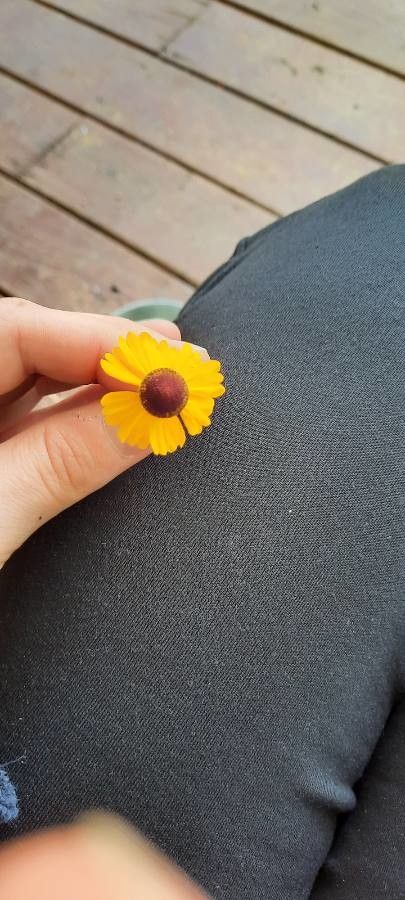Propagating Helenium flexuosum: A Gardener’s Guide to the Sneezeweed
Introduction:
Helenium flexuosum, commonly known as the bending-stem sneezeweed or crooked-stem sneezeweed, is a captivating North American native perennial prized for its vibrant yellow daisy-like flowers and graceful, arching stems. This relatively low-maintenance plant is becoming increasingly popular among gardeners seeking drought-tolerant, pollinator-friendly additions to their landscapes. Its unique, somewhat rambling growth habit makes it particularly suitable for wildflower gardens or naturalistic settings. However, propagating Helenium flexuosum presents some unique challenges, warranting a thorough examination of various propagation methods.
Seed Germination:
Currently, there are no known reliable methods for seed germination propagation of Helenium flexuosum. While seeds may be produced, germination rates are notoriously low, and seedlings often exhibit poor vigor. The challenges likely stem from the complex seed dormancy mechanisms employed by this species. Further research into specific germination requirements is needed before this method becomes viable for widespread propagation.
Cuttings:
Cuttings offer a more reliable method for propagating Helenium flexuosum than seed.
Challenges: Rooting success rates can be variable, depending on the timing of the cuttings and the environmental conditions. Hardwood cuttings taken in late autumn or early winter have shown some promise, although success is not guaranteed.
Practical Tips: Take 4-6 inch cuttings from semi-hardwood stems in late summer or early autumn. Remove lower leaves and dip the cut ends in rooting hormone. Plant cuttings in a well-draining, moist propagation mix (e.g., perlite and peat moss) and maintain high humidity using a propagation dome or plastic bag. Consistent moisture is crucial but overwatering should be avoided to prevent rot.
Rewards: Cuttings provide a relatively quick method for obtaining genetically identical plants to the mother plant, preserving desirable characteristics. This is particularly beneficial if you have a particularly vibrant or unique specimen.
Division:
Division is a highly successful method for propagating Helenium flexuosum.
Challenges: Division is best undertaken during the plant’s dormant period (early spring or late autumn) to minimize stress. Care must be taken to avoid damaging the delicate root system.
Practical Tips: Dig up the established plant carefully, ensuring you obtain sizeable root divisions, each with several healthy shoots. Divide the root ball into sections using a sharp, clean knife or spade. Replant the divisions immediately, ensuring proper spacing and watering.
Rewards: Division offers a rapid way to increase the number of plants and is a straightforward technique that even novice gardeners can master. Unlike seed propagation, it preserves the genetic characteristics of the parent plant.
Tissue Culture:
Tissue culture is a potentially viable method but is generally reserved for large-scale commercial propagation due to the specialized equipment and expertise required.
Challenges: Establishment of sterile cultures and optimization of growth media are critical steps demanding considerable technical skill and resources. This method is not practical for the home gardener.
Practical Tips: This method is best left to professionals with access to laboratories and appropriate equipment.
Rewards: Tissue culture allows for the rapid and large-scale propagation of disease-free plants while preserving genetic uniformity.
Conclusion:
Propagating Helenium flexuosum presents diverse challenges depending on the chosen method. While seed germination remains unreliable, cuttings and division offer practical and successful alternatives for gardeners wishing to expand their stock. The rewards – whether the genetic diversity achieved through division or the faithful replication of a cherished plant via cuttings – offer a deeply satisfying experience that underscores the connection between gardener and plant. Don’t be discouraged by initial setbacks. With patience, persistence, and the right technique, propagating this beautiful sneezeweed can be a rewarding endeavor, resulting in a tapestry of golden blooms that will grace your garden for years to come.

